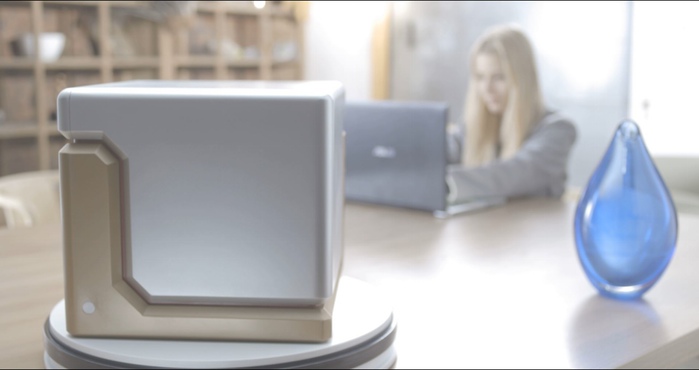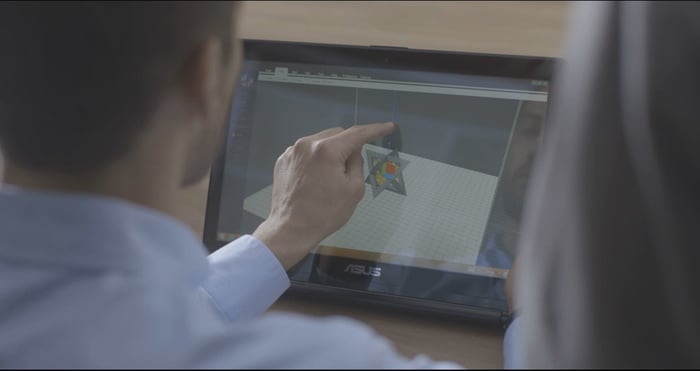
An extremely low-cost desktop 3D printer is available for pre-order: The Anvil.
The Anvil’s most notable feature is its price: only USD$199. This of course, is the discounted launch price, but evidently it will be priced at USD$299 retail after launch. It may be even higher, but for now, it’s pretty cheap.
It’s a reasonably sized 3D printer, with a build volume of 165 x 174 x 165mm, and is positioned as an easy-to-use desktop unit suitable for children with supervision.
For children? Yes, they include an app that delivers a “lego-like” modeling experience, which I presume is similar to Minecraft. It also provides a cloud-based sharing site for kids to pass around their designs.

The machine requires cartridges for material, but they explain that they’ll provide a special cartridge into which you can load your own generic filament.
It’s a pretty attractive looking machine, too, as you can see in the image at top.
But, as with every crowdfunding campaign, you run the risk of not receiving your order. It’s always good practice to check out the project in detail to assess whether they’re capable of delivering the goods.
In looking through the material, several things bothered me about this particular project:
- There is no physical address for the company I can find on their crowdfunding page or website.
- The machine is said to successfully print PLA, ABS and PC (Polycarbonate). However, successful printing of ABS almost invariably requires a heated build plate, which is not included in the Anvil.
- PC requires higher temperatures to print successfully, and hot ends capable of this are often not found on printers much more expensive than the Anvil.
- The price on the campaign page is USD$199, going to USD$249. Meanwhile the price on the website is USD$299. Why are these not synchronized?
- There is no mention or description of their project team. In fact, I can’t find anyone’s name.
- The machine is said to print at different layer sizes: “25, 50, 100, 200 or 300 microns”, except that only very finely tuned more advanced machines can print at 25 or even 50 microns successfully.
- There are several images of print samples, which all appear reasonable, but none of them are particularly complex or involve significant retraction.
- Finally, the price is USD$299. That’s too low for a startup company to survive.
Based on the above, I would not be buying one of these units, as there is too much risk that hasn’t been explained by the project, and too many suspicious statistics.
In spite of all that, somehow the project has gained over USD$50,000 in pledges towards their goal of USD$100,000.
Via Kickstarter and AnvilTech

